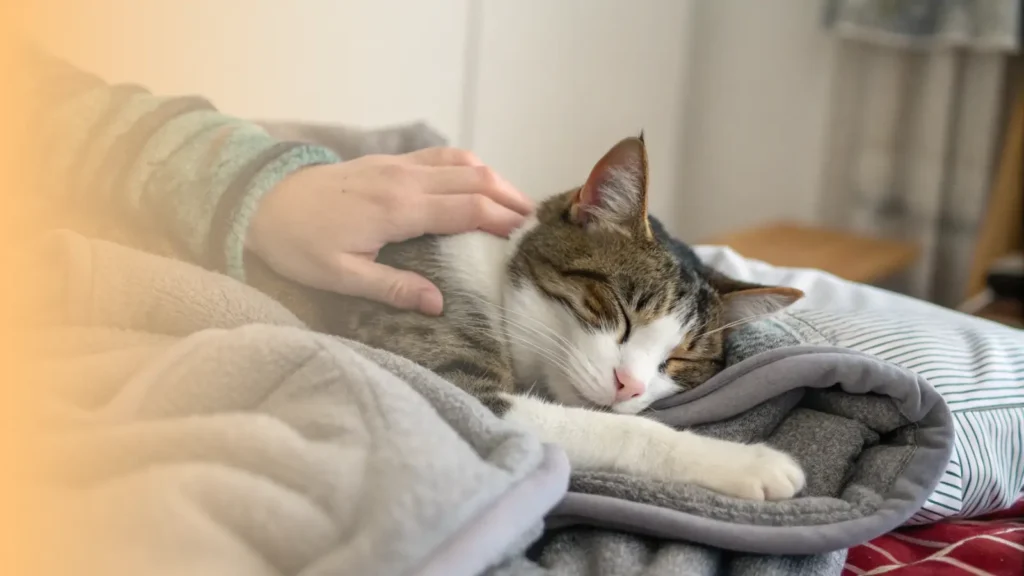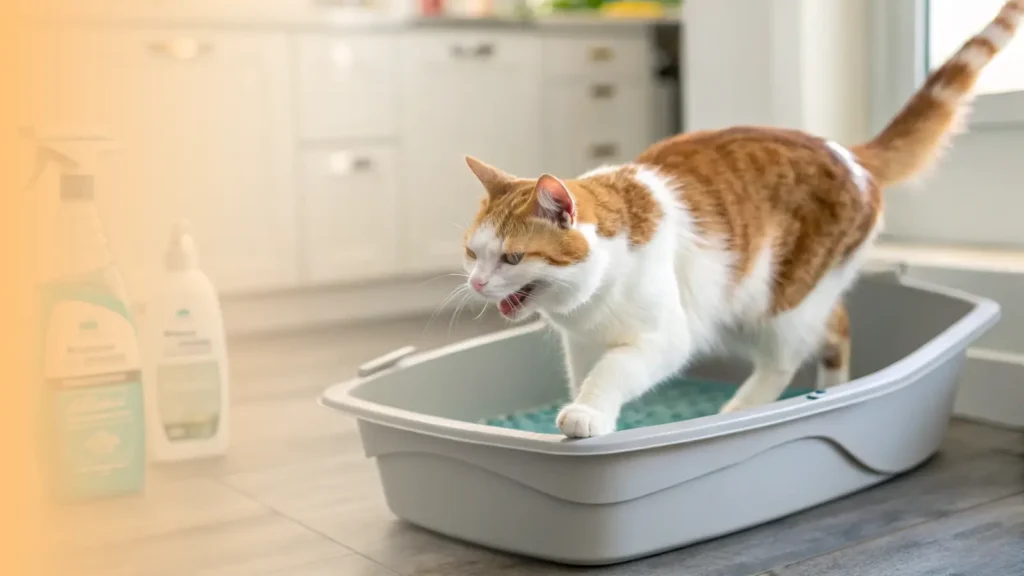Facing the possibility of saying goodbye to a beloved cat with Feline Leukemia Virus, or FeLV, is one of the hardest things any of us cat lovers can go through.
It is a journey filled with deep emotions and tough questions, especially about ensuring your furry friend’s comfort and dignity.
Knowing when it might be time to consider euthanasia is a profound act of love, focused entirely on their well being.
Understanding This Difficult Decision
Making any decision about euthanasia for your FeLV positive cat is incredibly challenging. There is no single right moment that applies to every cat.
The most important thing is to focus on your cat’s quality of life and whether they are experiencing suffering that we can no longer ease.
This decision is always made with compassion, aiming to prevent unnecessary discomfort when medical help can no longer provide a good quality of life. Recognizing certain signs can help you and your veterinarian navigate this path together.
Key Signs It Might Be Time to Consider Euthanasia for Your FeLV Cat
When Feline Leukemia progresses, it can lead to a number of serious health problems. Observing your cat closely for specific changes is very important.
These signs, especially when several are present or they are getting worse, can indicate that their quality of life is severely affected and that suffering might be ongoing.
1. Severe Anemia That Doesn’t Improve
FeLV can attack the bone marrow, which produces red blood cells. If your cat develops severe anemia, a shortage of these cells, they might become incredibly weak and tired all the time.
You might notice their gums are very pale. If this anemia is severe and does not respond to treatments like blood transfusions, if those are an option, it can lead to a very poor quality of life where they cannot function normally.
2. Constant, Debilitating Infections
A cat’s immune system is weakened by FeLV, making them very open to other infections. These might affect their skin, bladder, lungs, or other parts of their body.
If these secondary infections become so frequent or so severe that they no longer get better with treatment, or if your cat is constantly battling one illness after another, it can cause persistent distress and a lot of discomfort.
3. Advanced and Untreatable Cancers
FeLV is unfortunately linked to a higher risk of certain cancers, like lymphoma or leukemia.
If your cat develops these cancers and they spread widely, or if they are in a location that causes significant problems like making it hard to breathe, they can cause a lot of pain and serious organ issues.
When these cancers are advanced and not responsive to palliative treatments, if any are pursued, the focus shifts to preventing suffering.
4. Extreme Weakness and Persistent Loss of Appetite
A cat who is nearing the end stages of FeLV might show extreme and ongoing weakness. They might have no energy for their usual activities or even to move much.
This is often coupled with a complete loss of interest in food, even their favorite treats, despite your best efforts with hand feeding or appetite stimulants. This continued fading is a strong sign of decline.
5. Pain That Can’t Be Controlled
One of our biggest fears is our beloved companions being in pain. Advanced FeLV can cause pain from cancers, severe infections, or other complications.
While your veterinarian will provide pain management strategies, there may come a point where these are no longer effective enough to keep your cat comfortable. Constant pain significantly impacts quality of life.
6. Ongoing Difficulty Breathing
If FeLV or its complications, like tumors in the chest or severe respiratory infections, cause your cat to have serious trouble breathing, this is a major concern.
Labored breathing, gasping, or continuous open mouth breathing is a sign of severe distress. If this difficulty cannot be eased and is causing obvious panic or struggle, it indicates significant suffering.
7. Severe, Unmanageable Digestive Upset
Sometimes, FeLV related illness can lead to vomiting or diarrhea that just will not stop, despite medical efforts. If this is happening, it can quickly lead to severe dehydration, poor nutrition, and general misery for your cat, greatly affecting their well being.
Your Veterinarian’s Vital Role
Recognizing these signs is an important part of understanding your cat’s condition, but you are not alone in this. Your veterinarian is your most important partner.
They can provide an accurate medical assessment of your cat’s health, explain the progression of FeLV, and discuss the prognosis.
They can help you understand if further treatment is likely to ease suffering or if it might just prolong it.
Your vet will help you evaluate your cat’s quality of life and will support you in making an informed, compassionate decision that puts your cat’s welfare first.
If they believe your cat’s suffering is severe and cannot be effectively managed, they have an ethical duty to discuss euthanasia as the kindest option.
Final Thoughts
The decision to consider euthanasia for your cat with Feline Leukemia is made out of deep love and a desire to prevent suffering.
Focusing on your cat’s quality of life and working closely with your veterinarian will help you make the most compassionate choice for your cherished friend. It is a final, selfless act to ensure they are at peace.







